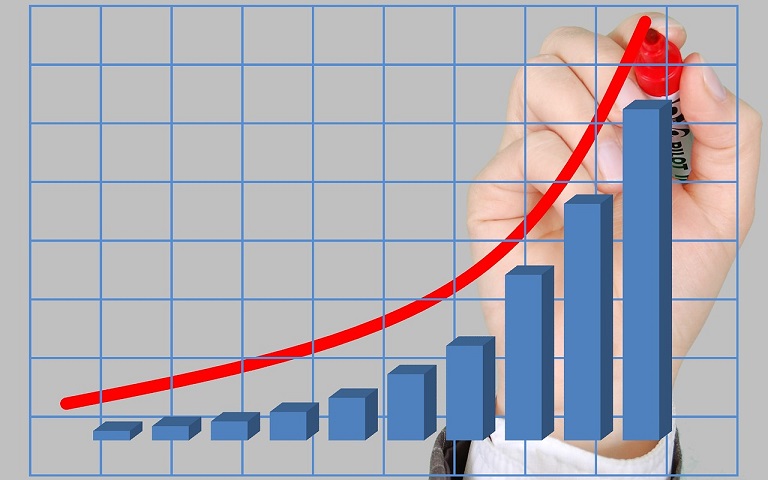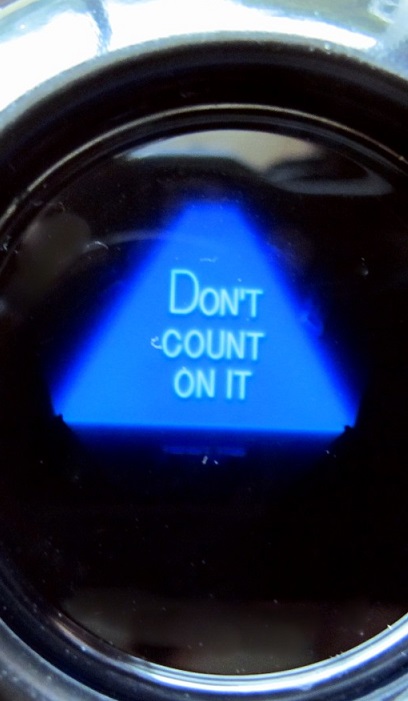Six Factors Are Keeping the Market Hot

Home prices have surged in recent years. Now, with interest rates lower than the industry ever thought they go, demand keeps rising. And despite the headlines declaring the housing boom is over, credible reports and commentaries suggest the housing market is not cooling down any time soon.
U.S. home prices have risen more sharply than they have in three decades. The market now seems gravity-defying. Even so, according to Freddie Mac’s forecast:
“Strong home sales and robust house price growth will lift home purchase mortgage originations from $1.8 trillion in 2021 to $1.9 trillion in 2022.”
These Places Have Seen Stunning Growth in Property Values.
Sizzling hot markets include Colorado Springs, CO; West Irondequoit, NY; Peabody MA; the cities of Concord, Milford, and Manchester, NH; Brentwood, NC; Lincoln Village, OH; Farmington, MI; and Franklin, TN, says the National Association of REALTORS®. And according to data examined at the Home Buying Institute, house values in these major cities are currently rising much faster than the national average:
Boise, ID.
The city has been called the best U.S. city for millennials, and Boise’s market is smoking hot. Zillow research shows the median home price up 41% year-over-year.
Austin, TX.
The median home price in Austin rose more than 35% year-to-year by July 2021. There are very few homes compared to the number of hopeful buyers in this city, which is becoming a hub for electric vehicle production.
Salt Lake City, UT.
Salt Lake City’s housing market is up more than 20% year over year. The entire area is red-hot, and The Salt Lake Tribune says some buyers are shelling out $150,000 more than the list price.
San Bernardino, Riverside, and San Diego, CA.
Home prices in these California cities are up more than 22% in a year. Los Angeles sales are also brisk. Strong demand is a given in southern California, and now, the state of California is short some 3 million housing units.
Is This a Housing Bubble? Why Hasn’t It Burst?
Many people are asking if the market is in a bubble as much of the country is experiencing record home valuation growth. But no, it’s not a bubble. Here are 6 well-supported reasons why it isn’t, and why we can expect impressive valuations for years.
1. This Is No Bubble. Demand Is Outpacing Supply.
Yes, new houses sales are down significantly year-over-year. Why? Builders have faced worker shortages, high lumber costs, and supply-chain delays impacting appliances. And that means fewer homes available, limiting sales in some markets. Yet it also means the demand for homes outstrips supply needed by the current U.S. population — by millions of homes. Industry research says construction is nowhere near the rate that would cool the housing market.
2. Today’s Borrowers Are Strictly Vetted, To Prevent Another Default Crisis.
Mortgage lending regulations in the wake of the 2008 housing recession were issued to prevent another widespread default crisis. So, even if 2021 were to be near the peak of the real estate market, that doesn’t mean housing is in a bubble that’s poised to burst.
3. Today’s Borrowers Have Access to Stimulus and Mortgage Modifications.
Forgivable loans and stimulus payments have helped people get through the pandemic with disposable after-tax income. Additionally, to avoid a default crisis, changes by the Federal Housing Finance Agency allow holders of conventional mortgages options to modify their loan terms, to offset income loss during the pandemic. Borrowers can extend their mortgages and apply for reduced monthly payments. And conventional mortgage holders can defer missed payments until the end of the mortgage. The Federal Housing Administration (FHA) has announced COVID-19 Recovery options for borrowers, too.
4. Millennials’ Peak Home Buying Years Are Just Beginning.

Beginning in 2022, millennials are expected to be in their peak “household formation” years. It could plausibly take a decade for the housing supply to increase enough to meet their needs.
Plus, younger buyers will only accept being priced out of the market for so long. Firms like Zillow acknowledge millennials as a major force in the market. Zillow is developing apps that appeal to young buyers and reducing the costs of third-party fees. This trend will be a win-win: stronger gains for tech-focused real estate companies, and more attractive opportunities for first-time buyers.
5. Historically Low Mortgage Rates Keep Bringing Buyers Into the Market.
A 30-year fixed-rate mortgage had an astoundingly low average of 2.9% for the week of Jul. 8, 2021. At the year’s end, predicts Freddie Mac, the rate will be 3.4%. For the end of 2022, Freddie expects a 3.8% average. In short, we can expect interest rates to be attractively low for many months to come.
6. Buyers Sitting Out the Frenzy Will Jump Back In When It Calms.
Freddie predicts price growth will “moderate in 2022” with the 2021 full-year 12.1% house price growth to ease down to a gentler 5.3% in 2022. But that’s still mighty impressive.
A dip in the growth rate will draw people who have hesitated during the past year’s frenzied run-up. It will also present new chances to those who have lost bidding wars. When dips come, they’ll probably be brief and shallow. It won’t be easy to find bargains.
Magic 8 Ball: Does Freddie Mac’s Latest Quarterly Forecast Predict a Cooldown?

In July 2021 Freddie Mac issued its Quarterly Forecast. It foresees continued growth in the market. Why? The low interest rates will continue to drive the markets. So will a recovering job market, which is considered “supportive of housing market activity.”
The U.S. housing market was up 17% year-over-year as of May 2021. Freddie Mac notes that it has never reported such a high year-over-year increase in its 46-year history of reporting.
Such a figure is unsustainable over the long term. Yet Freddie expects the high home price growth to be “less transitory than the increase in consumer prices, as the U.S. housing market will continue to struggle with a shortage of available housing for many months to come.”
The Takeaway
Freddie Mac expects U.S. home prices to keep going up. But Freddie and other many real estate researchers do expect the rate of growth to ease. In late 2022, home price growth could be in the single digits. Yet — for all six reasons we outline above — homes are poised for brisk demand for the rest of the decade.
Supporting References
Brandon Cornett for Home Buying Institute: 5 Housing Markets Where Home Prices Are Skyrocketing in 2021 (Jul. 23, 2021).
Freddie Mac’s Quarterly Forecast, from Freddie Mac’s Economic & Housing Research Group: Housing Market Expected to Remain Strong Despite Major Supply Shortage and Historically High House Prices Across the U.S., Slowing Sales (Jul. 15, 2021).
Kenneth T. Rosen et al. of Rosen Consulting Group for the National Association of REALTORS®: Housing is Critical Infrastructure: Social and Economic Benefits of Building More Housing (Jun. 2021).
Clare Trapasso for Realtor.com (from the National Association of REALTORS®): The Housing Market Shows Signs of Softening. Has It Topped Out? (Jun. 24, 2021).
Anthony Di Pizio for The Motley Fool: Should You Buy the Dip in Zillow? (Jul. 15, 2021).
Photo credits: Tumisu, via Pixabay; Liza Summer, via Pexels; and frankieleon via Flickr, licensed under cc-by-2.0.
